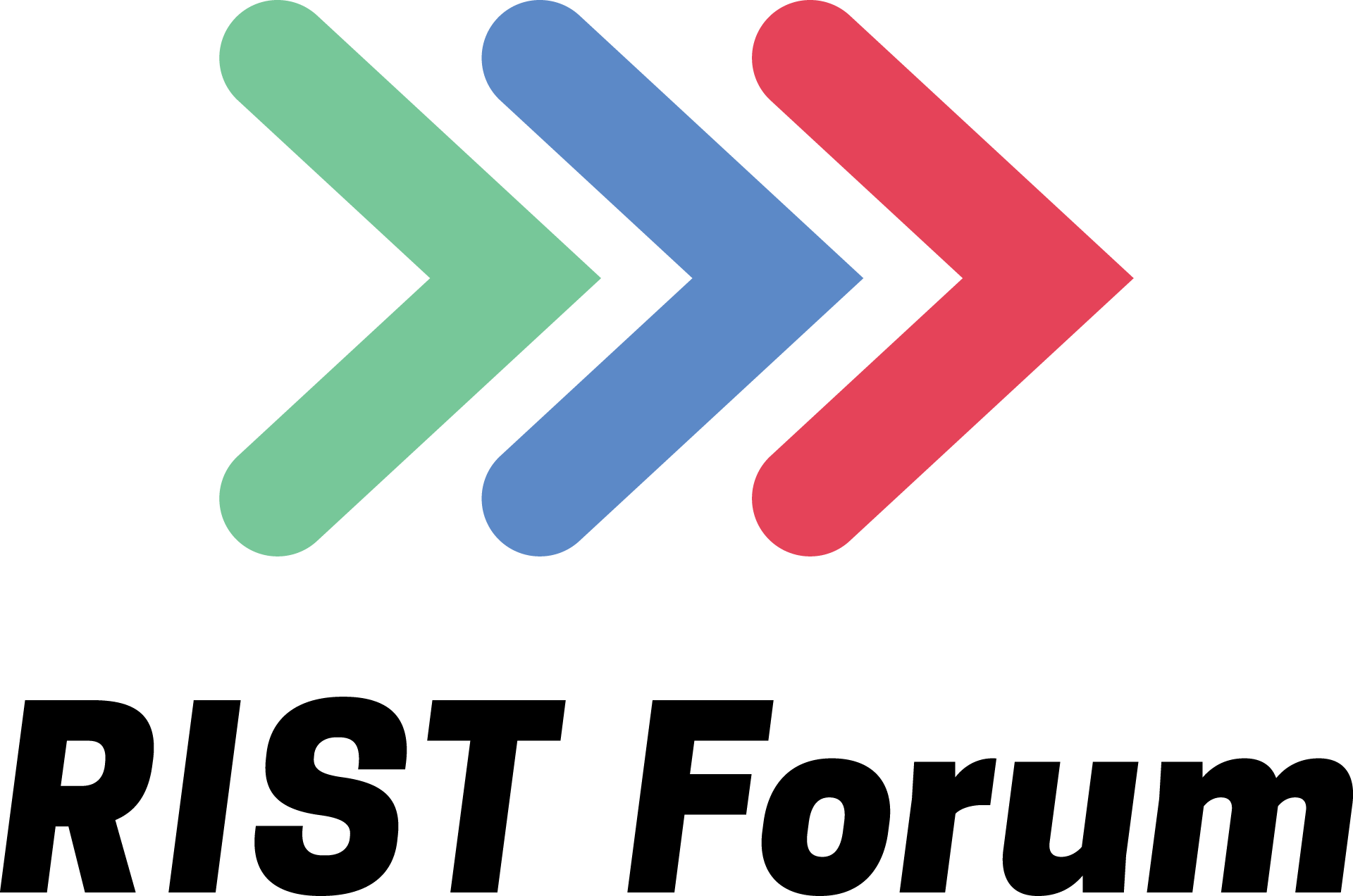Standards-based approach
RIST is developed jointly by a large group of experts, pouring hundreds of years of real-world experience into the specifications. It’s also built on top of existing RFC standards. With this approach, RIST benefits from a broader range of real-world experiences than a single-vendor solution ever does, leading to a more technically robust solution no matter the application, use case or environment it is deployed in.
Multi-vendor interoperability
Designed with multi-vendor interoperability as the key objective, the RIST specs are detailed enough to ensure that two different implementations will be interoperable. A collaborative VSF activity group and the RIST Forum further contribute by hosting RIST plug-fests and demonstrations where vendors and users can come together to verify interoperability.
Enables innovation
While detailed enough to ensure interoperability, the RIST specs also leave room for innovation. They do this by specifying a minimum set of functionality and behaviour that needs to be common across all implementations, while leaving it open for each individual vendor to add advanced functionality on top of the specifications.
Case studies
RIST is already deployed in commercial operations. One user of the technology is Mankin Media, who built their contribution services in the US over the public Internet using RIST. Another example is PROLANE, a broadcast services company providing managed video contribution services over the public internet in the Middle East.
RIST Profiles and Capabilities
RIST specifies several profiles, each adding more capabilities. This makes it easier for vendors to add RIST interoperability with the simplest profile, while still allowing RIST to become very capable in the more advanced profiles.
Simple profile
The most basic interoperability profile is available in TR-06-1 , covering the following:
Interoperable Automatic Repeat reQuest (ARQ) with configurable behaviour for
Recovery of packet loss, packet reordering and link failure
Removal of network introduced jitter
Transport of point-to-point SMPTE2022-2 services
Bonding of several links using link aggregation
Optional Forward Error Correction using SMPTE 2022-1
Main Profile
The main profile is currently in development, and is expected to add:
Transport of point-to-multipoint services
Stream encryption for secure content
VPN tunnelling for secure sender/receiver communication
NAT traversal for improved interworking with consumer-style internet connectivity
Null packet suppression for saving bandwidth
Transport of high bandwidth streams (>100Mbps) for uncompressed or lightly compressed content
Auto stream configuration for simpler operations
Enhanced Profile
The enhanced profile is in planning and will tentatively add:
Automatic video bitrate adjustment (ABR) based on available network bandwidth
Capability (i.e. profiles supported) communication for simpler operations
Scalable Profile
The scalable profile is in planning and will tentatively add:
Transport of Scalable Video Coding (H.264 annex G) to better adapt video quality to available network bandwidth
Get more details
Want to know more details? Check out the resources below.
- RIST Forum Member Manual (PDF)
- One-pager introduction/poster (PDF)
- Main Profile use case paper (PDF)
- 15 min introduction by Wes Simpson (Video)
- RIST specifications TR-06-1 (PDF)
Developed by the Video Services Forum (VSF)
RIST is developed by an activity group within the VSF, an international association comprised of service providers, users and manufacturers dedicated to interoperability, quality metrics and education for media networking technologies.







